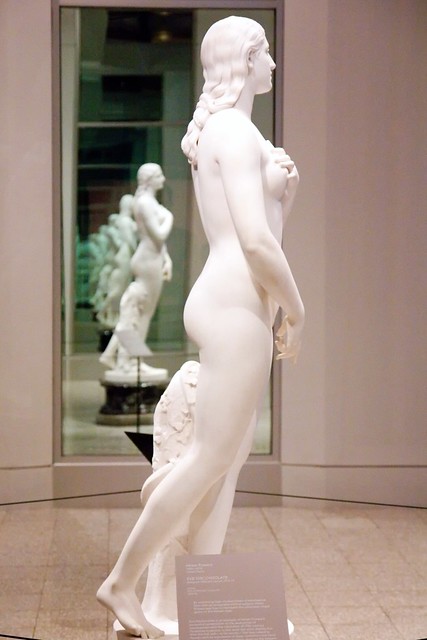Everyone has seen an optical illusion, where what appears to be real actually isn’t. Think about the image you see when you look into a mirror. Have you actually peered into a “parallel world” that is just like your world except that right and left, or up and down. are reversed? Have you ever looked at a soda straw in a glass of water though the side of the glass? Although the straw may seem to be broken when you look at it, is it broken when you remove it from the water?
The answer to both questions is, of course, “No.” However, these simple optical illusions can be (relatively) easily explained by the principles of a branch of physics known as ray optics.

Light, as is well-known, can behave as if it were a discrete particle or a wave. Ray optics, also known as geometrical optics, is that branch of optics (the study of light) which uses mathematics to explain certain behaviors of light in a given set of circumstances. Unlike its sister branches of optics, ray optics treats light as if it were composed of imaginary, infinitely long and perfectly straight, objects called rays. But before delving into the basic principles of ray optics, a few definitions will be necessary.
- Medium: A medium (pleural, media) is a substance through which a ray of light is traveling. For our purposes, a medium will be considered to be perfectly uniform in both its shape and ts density.
- Interface: An interface is where two different media intersect or come into contact.
- Reflection: A physical process by which a ray of light strikes an interface at angle X (angle if incidence) and leaves that interface at angle Y (angle of reflection) In reflection, angles X and Y are always equal.
- Refraction: A physical process that results in a change in the direction of travel of a light ray but not to the point that it is reflected. In refraction, angle X and angle Y are always different.
Ray optics is the study of how a light ray is reflected or refracted and relies, indirectly, on Newton’s First Law: an object moving at a constant velocity in a given direction will continue to do so until it is acted upon by an external force or object. It is this external object, which is the difference in the density between two media, that governs reflection and refraction.
Reflection
In simplest terms, when a light ray reaches the interface between two media of vastly different densities that light ray wall be reflected. The angle at which it is reflected from that interface will be the same angle (relative to the interface) at which it encountered that interface.
As an example, if we assume a mirror to be perfectly reflective (which no mirror is, but this is theory) then a ray of light striking it at a 10 degree angle will be reflected away from that mirror at a 10 degree angle. This is because the difference in the density between air and whatever substance comprises the mirror is so great that light cannot overcome that difference and, essentially, “bounces off” and at the same angle. Since such extreme differences in density are relatively few, most light rays are refracted.
Refraction
Refraction occurs when the difference in the density between two media is not great enough to cause a ray to be reflected. Instead, the ray is bent away from its initial line of travel and assumes a new direction but, again, in a straight line. This is oversimplified in that not only the difference in density and also the shape of the interface between them controls the degree of diffraction. Another example will help explain this concept.
The lens of the human eye is denser than the air through which light rays travel, but not sufficiently different to cause reflection. The light passing through the lens is diffracted, but it is the shape of the lens that controls the degree of diffraction. Since light is, in actuality, a large number of rays and the shape of the lens dictates that some rays will be diffracted more than others, the point at which these diffracted waves will eventually come together is known as the focus or focal point. Thus, if the degree of diffraction that is responsible for blurred vision is known, then an external lens (eyeglasses or other such devices) can be used to correct such problems.
From this brief introduction, it should be obvious that ray optics plays an important role in the study of light and how light can be manipulated to form images. The study of ray optics thus requires a firm background in mathematics, to include both calculus and solid geometry, as well as sciences such as physics and chemistry. However, since an understanding of ray optics is vital for the study of light as it applies to areas such as computer-generated graphics and optical devices such as television, this field should be a part of one’s education in these other, and related, areas.
Citations:
- image courtesy of Mark Dumont
Article provided by Precision Photonics Corp., an optics and photonics development and manufacturing company based in Boulder, CO.

